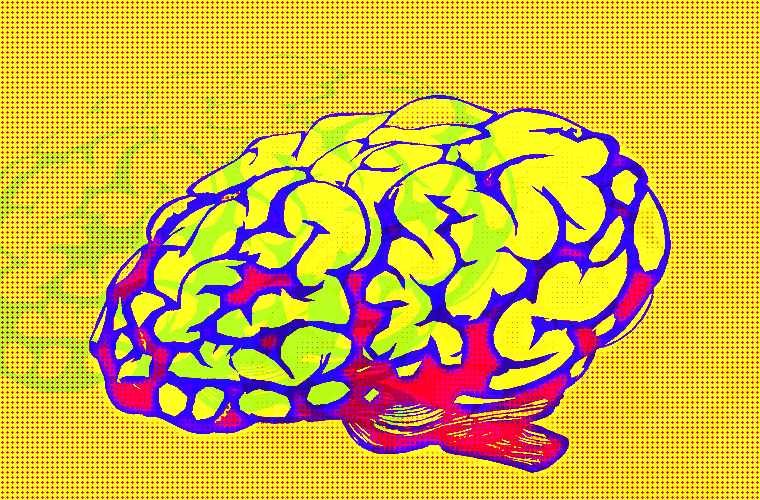Ever since 2004, when researchers first stumbled upon the idea of altering memories and brain chemistry to help people suffering from Post Traumatic Stress Disorder (PTSD) forget their trauma, those who work in this field have been hoping for a real-world treatment to follow. Unfortunately, efforts to reproduce those promising initial results have repeatedly failed.
Now, a team from Cambridge University has zeroed in on the specific protein known as a “shank” protein that they believe may be responsible for those hard to replicate results, potentially identifying a target for the changing, or even complete deletion of memories, particularly memories which are extremely painful in nature.
“In ancient Greek legend, they spoke of a drug, Nepenthe, which made them forget painful memories,” said the team’s lead researcher Dr. Amy Pelton in a press release announcing the results. “We hope that this is a step on the path to treatment.”
Background: Wait, what is this about again? I forgot…
Based on current understanding, memories are split into two different categories. The first area stores hard data like names, places, faces, and other basic information. The second type of memory involves capturing and retaining the emotion or emotions associated with a particular memory. As a result, scientists began targeting the creation and storing of emotional memories to see if those could be changed or even erased altogether.
This led to the 2004 study, in which researchers showed how animals given propranolol were able to “forget” about a learned trauma. However, as noted, those results proved particularly difficult to reproduce. Still, it provided future researchers a pathway to explore, ultimately leading the way for the Cambridge team’s study.
With results presented at the European College of Neuropsychopharmacology (ECNP) 2021 conference, Dr. Pelton and her team explained the basis and target for their study.
“Researchers have discovered that a particular protein can be used as a brain marker to indicate whether emotional memories can be changed or forgotten,” reads the press release.
Plus, the release adds, although this study was performed on animals, “the researchers hope that the findings will eventually allow people suffering from Post-Traumatic Stress Disorder (PTSD) to return to leading a more balanced life.”


Analysis: Ok, I remember now.
The Cambridge research team first needed to create a painful memory in lab rats to perform their experiments. And according to Dr. Peloton, they used a tried and true behavioral science method.
“We trained rats to associate a clicker with a mild electric footshock, to create a fear memory, similar to the way Pavlov conditioned dogs more than a hundred years ago,” said Pelton. “We then reminded the rats of this memory (‘reactivated the memory’) by introducing the clicker on its own, and immediately after this reminder, we gave an injection of the beta-blocker propranolol.”
Like others who had tried to replicate the 2004 study, Pelton and her team found that the shock memory had not been minimized or erased, causing the rats to continue to react in fear at the sound of the clicker. “We did not see the amnesia that had been previously reported in the literature following this intervention,” said Pelton.
Digging deeper, the team focused on something called a “shank” protein, which they say “acts as a scaffold for the receptors that determine the strength of connections between neurons.” This protein, says Pelton, would have to be degraded to some degree if a memory that it is connected to can be changed or erased. However, the study release notes, if this protein was found to be intact, “then this shows that the memories were not degradable, explaining why propranolol does not always produce amnesia.”
“We used the presence of the shank protein to determine whether the memories had become unstable in the first place,” said Pelton, “and found that they had not.”
Outlook: The Future of Memories
In the study’s conclusion, Dr. Pelton talked about the excitement around this discovery, as well as preaching caution regarding the long-term applicability of this research.
“These are really complex mechanisms, and we need to bear in mind that this is animal work; the brains of humans are similar, but much more complex,” said Pelton. “Ultimately, we hope to lessen the unconscious impact of traumatic emotional memories, the sort of trauma which can ruin the lives of people with PTSD.”
As far as what form such treatments may ultimately take, Pelton remained cautious yet hopeful.
“We don’t see this leading to the sort of situation shown in the movies, like, for example, ‘Eternal Sunshine of the Spotless Mind,’ where the protagonists can choose which memories to erase,” said Pelton. “But we hope that over time we will be able to identify the factors that make memories modifiable in animals and translate these to human patients.”
That sentiment was shared by a researcher who was not involved in this study but whose input was included in the press release.
“Unpicking what makes a memory is extremely difficult, and this work takes us a step nearer to understanding how memories are retained and changed,” said Dr. Livia de Picker from the University of Antwerp. “There is a long way to go in this process, and of course, transferring these steps to humans will be difficult. But this does give us some hope that eventually we may be able to help people who suffer from memories of traumatic stress.”
Follow and connect with author Christopher Plain on Twitter: @plain_fiction

